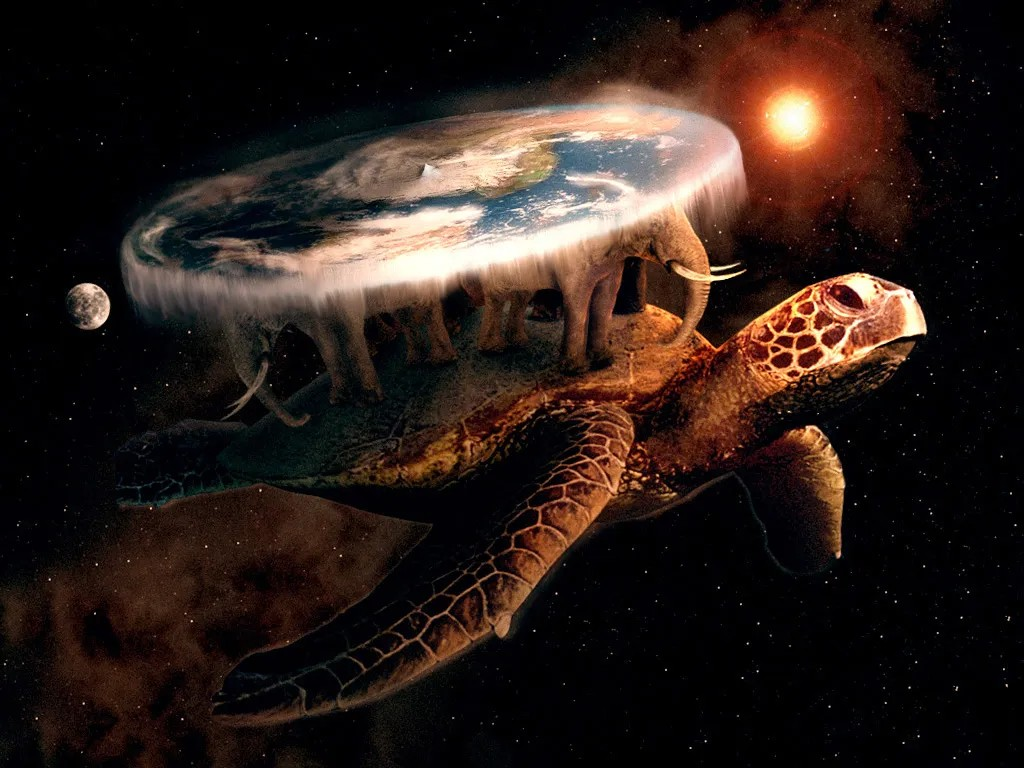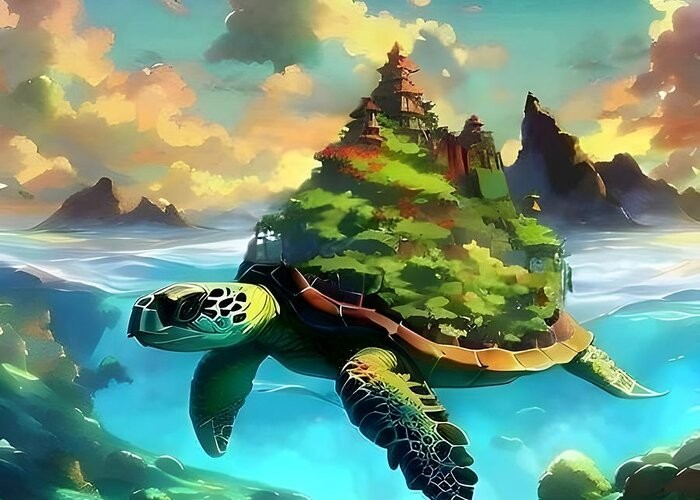Physical Address
304 North Cardinal St.
Dorchester Center, MA 02124
Physical Address
304 North Cardinal St.
Dorchester Center, MA 02124

The shape of the Earth has been a topic of heated debate for centuries. From ancient cosmologies of a flat plane surrounded by a dome to modern scientific proclamations of a spinning globe hurtling through space, the argument persists. But is the question of “flat vs. globe” really the endgame? Or is it a distraction that keeps us from exploring even more profound truths about our reality?
In this blog, we’ll dive into the evidence, theories, and philosophical ideas that challenge the conventional narrative, discredit the globe model, and explore why we believe the Earth is flat. But most importantly, we’ll argue that the real question isn’t “flat or globe?”—it’s about opening our minds to infinite possibilities.
The ongoing debate about Earth’s shape often traps people in binary thinking: it’s either a spinning ball or a flat plane. This rigid dichotomy restricts imagination and exploration. What if the truth is far more complex or entirely different from either model?
The universe is vast, and our understanding of it is constantly evolving. We could be living in a simulation, a holographic projection, or even a construct of collective consciousness. The Earth could be one of countless variations—concave, hollow, infinite, or something entirely beyond human comprehension.

By focusing solely on “flat vs. globe,” we risk ignoring other possibilities, closing ourselves off to revolutionary ideas and deeper truths about our existence.
The globe model is the dominant narrative taught in schools, reinforced by media, and backed by “science.” But if history has taught us anything, it’s that those in power have lied to us—repeatedly. From wars justified by false flags to corporate manipulation of health studies, why should we blindly trust the same institutions that have proven their willingness to deceive?
Here are some key points that challenge the globe model:

Ancient cultures envisioned the Earth in fascinating ways. Some believed we live on the back of a giant turtle. Others described the Earth as being enclosed within a celestial dome. These ideas, while dismissed as primitive, could contain kernels of truth.
What if our ancestors, unclouded by modern indoctrination, had insights that we’ve lost? Could their cosmologies hint at a reality far more nuanced than our modern “scientific” understanding?

As technology advances, the idea that we live in a simulation becomes increasingly plausible. If we can create virtual realities, what’s to say we aren’t living in one?
A simulated Earth wouldn’t need to conform to a globe or flat model—it could be anything the “programmers” want. The flat Earth model could even be a clue left by the creators, encouraging us to question everything we’ve been told.
The most important takeaway isn’t to convince you that Earth is flat or to disprove the globe—it’s to inspire critical thinking and curiosity. By breaking free from the flat vs. globe debate, we can explore ideas like:
We firmly believe that the Earth is flat because water never lies—but people do. Yet, we also encourage readers to explore all possibilities, from holographic realities to extraterrestrial lands. The ultimate goal is to think freely and question everything.
The flat vs. globe debate often devolves into name-calling, mockery, and division. This is exactly what those in power want: a distracted, divided population that never unites to question larger truths.
We must resist the urge to get bogged down in the debate and focus instead on exposing lies, seeking truth, and expanding our collective understanding.

Curious how memes and humor play into the larger battle for truth? Check out our blog post: Why Memes Terrify the Powerful: The Battle Against Propaganda in the Digital Age
The question of Earth’s shape—flat or globe—is only a piece of a much larger puzzle. By limiting ourselves to this binary debate, we ignore countless other possibilities about the nature of our reality. Whether Earth is flat, a globe, or something entirely different, what truly matters is our willingness to question, explore, and seek truth.
Disclaimer: These are entirely our own musings and interpretations. If you find yourself yelling “The Earth is round!” or “It’s flat, you fool!” into the void, consider taking a deep breath and asking yourself: “What if it’s a giant turtle instead?” Stay curious, stay skeptical, and always question everything—because the truth is rarely what it seems.